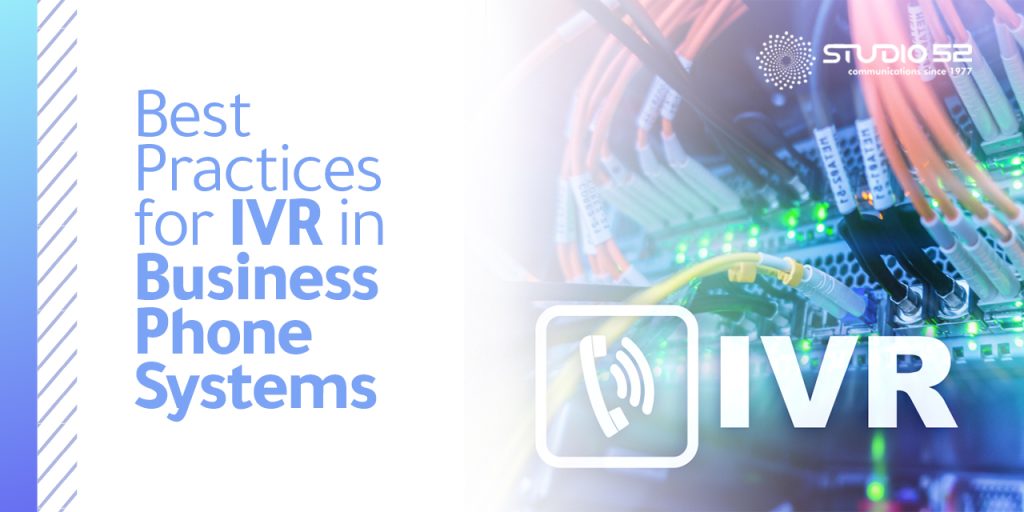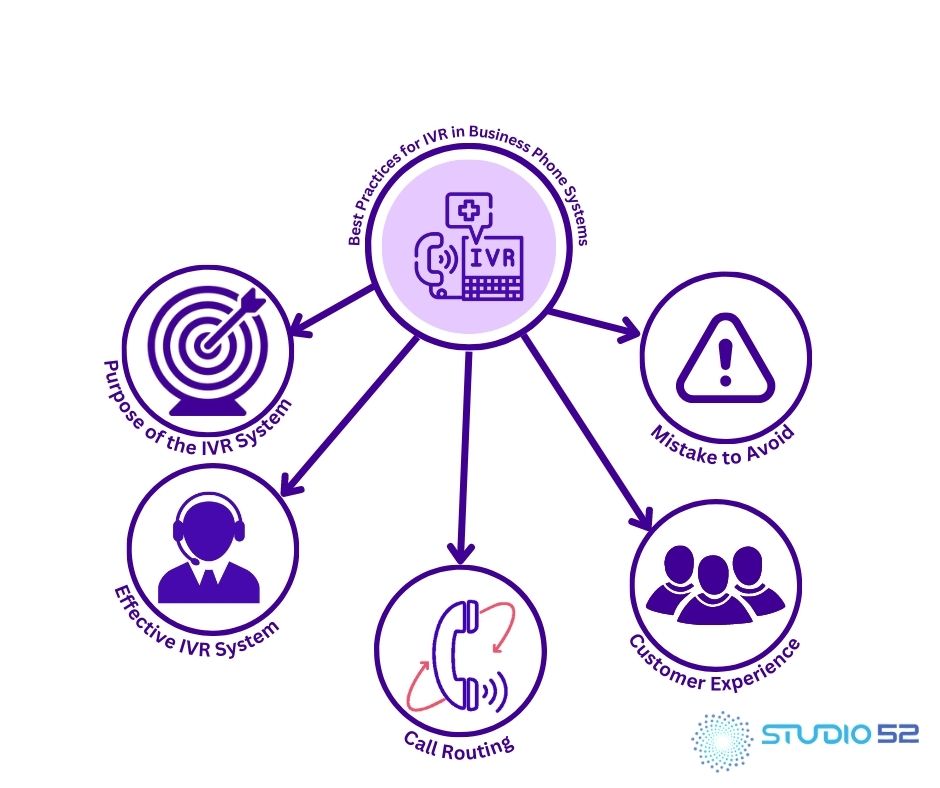Interactive Voice Response (IVR) systems have become an essential tool for modern business phone systems. IVR systems provide businesses with a cost-effective way to manage inbound calls, handle customer inquiries, and route calls efficiently.
However, implementing an IVR system can be complex, and it’s essential to follow the best practices to optimize the customer experience. In this post, we’ll discuss the best practices for IVR in business phone systems.
I. Define the purpose of the IVR system
IVR systems serve three primary functions in a business phone system. The first is managing call volume by reducing the load on live agents. Second, they help route calls to the correct department or individual. Finally, they can collect and provide customer information to streamline the inquiry process.
2. Designing an effective IVR system
Follow these rules to design an effective IVR system:
- Keep it simple
- Keep the menu simple and easy to navigate to avoid frustrating your customers.
- Use clear and concise language
- Ensure your IVR menu’s language is easy to understand and use.
- Provide options for self-service
- Provide self-service options to enable customers to help themselves.
- Personalize the experience
- Use customer data to personalize the menu and provide relevant options.
- Implement call-back options
- Provide a callback option to reduce wait times and improve the customer experience.
Also Read: 4 significant benefits of IVR for businesses
3. Best practices for call routing
- Use a logical call routing structure: Keep the call routing structure logical and easy to understand.
- Offer the option to speak with a live agent: Provide the option to speak with a live agent to address complex issues.
- Ensure seamless transfers between departments: Ensure seamless transfers between departments to reduce customer frustration.
- Track call routing data: Track and measure call routing data to continuously improve the IVR system.
4. Optimizing customer experience
- Reduce hold times: Work to reduce hold times to minimize customer frustration.
- Provide accurate information: Ensure the information provided is accurate and up-to-date.
- Monitor and measure customer satisfaction: Regularly monitor customer satisfaction to identify areas of improvement.
- Continuously improve the IVR system: Continuously monitor and improve the IVR system based on customer feedback.
5. Common mistakes to avoid
- Complex menus:Avoid complex menus that can confuse customers.
- Poor voice quality: Use high-quality voice recordings and equipment to ensure clear communication.
- Inconsistent messaging: Ensure all messages are consistent with your brand’s messaging.
- Inadequate testing: Test the IVR system thoroughly before implementing it to avoid technical issues.
Conclusion
IVR systems are an essential part of modern business phone systems. IVR systems are an essential part of modern business phone systems following the best practices outlined in this post, you can improve the customer experience and streamline your customer service operations. If you’re looking for IVR services, Studio52 offers a range of IVR solutions to help you optimize your customer service experience. Contact us today to learn more






